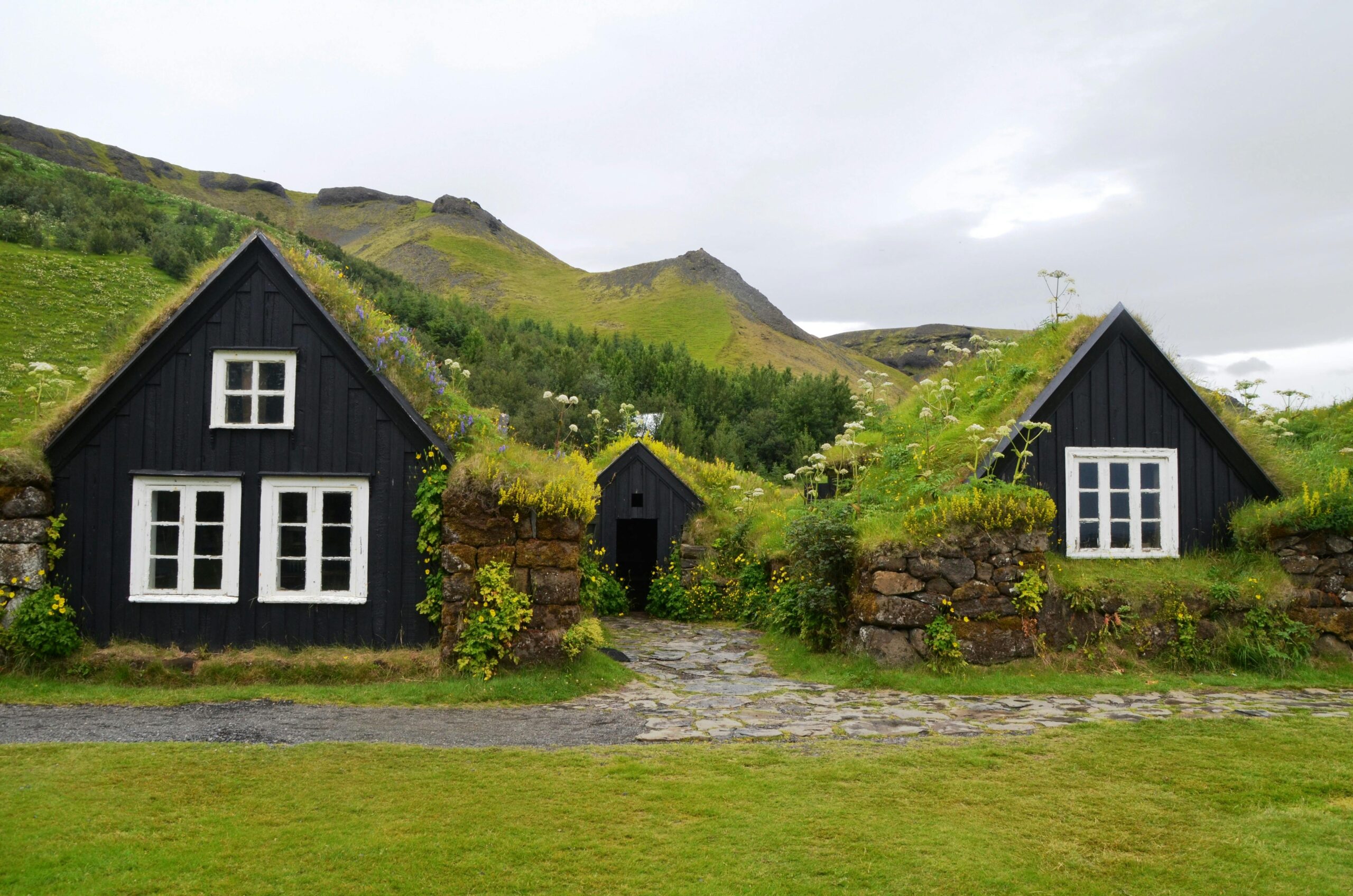Green roofs are transforming urban landscapes by bringing nature to previously unused spaces atop our homes and buildings. These living systems consist of vegetation planted over a waterproofing membrane, offering numerous environmental, economic, and aesthetic advantages. In this article, we’ll explore the various benefits of green roofs, from improved energy efficiency to enhanced biodiversity, and discuss important considerations for homeowners interested in implementing this eco-friendly roofing option. Whether you’re building a new home or considering a roof renovation, understanding green roof technology can help you make informed decisions about sustainable building practices.
What Is a Green Roof?
A green roof, also known as a living roof system, is a roofing design that incorporates vegetation as a top layer. Unlike conventional roofs, green roofs transform an otherwise unused space into a thriving ecosystem. The basic structure includes a waterproofing layer, root barrier, drainage system, growing medium, and plants. Green roofs fall into two main categories: intensive (deeper soil, supporting larger plants and requiring more maintenance) and extensive (shallower soil, typically planted with drought-resistant varieties like sedum, requiring minimal maintenance). This eco-friendly roofing solution has been embraced in Europe for decades and is now gaining popularity in North America as environmental awareness increases.
Environmental Benefits of Green Roofs
The environmental green roof benefits are substantial and far-reaching. Perhaps most significantly, living roofs reduce the urban heat island effect by absorbing heat rather than reflecting it back into the atmosphere like traditional roofing materials. They also improve air quality by filtering pollutants and producing oxygen through photosynthesis. Green roofs excel at managing stormwater runoff, absorbing up to 80% of rainfall that would otherwise flow into potentially overwhelmed drainage systems. This water retention capacity helps prevent flooding and reduces the burden on municipal infrastructure during heavy rain events.
Additionally, green roofs create habitat for birds, butterflies, bees, and other pollinators, promoting biodiversity in urban environments where natural spaces are limited. According to research by AskHomey, homeowners with living roof systems report increased wildlife activity around their properties, creating a more vibrant ecosystem that connects with the surrounding environment.
Energy Efficiency and Cost Savings
Living roof systems provide excellent natural insulation, reducing energy consumption in both summer and winter. In summer months, green roofs can lower indoor temperatures by 3-7°C through evapotranspiration and shading, reducing air conditioning needs. During winter, they add an extra insulation layer that prevents heat loss. Studies indicate that homeowners can achieve energy savings of 15-30% after installing a green roof, depending on climate and building design.
While the initial installation cost of eco-friendly roofing is typically higher than conventional options, the long-term savings often justify the investment. Green roofs protect the underlying waterproofing membrane from UV radiation and temperature fluctuations, potentially doubling or tripling a roof’s lifespan. This extended durability means fewer replacements and repairs over time, generating substantial savings. Furthermore, many municipalities now offer tax incentives, reduced stormwater fees, or other financial benefits to encourage green roof installations.
Sedum Roof Advantages for Residential Properties
When considering plant options for residential green roofs, sedum varieties offer numerous advantages that make them particularly suitable for home applications. Sedum is a succulent plant genus known for its exceptional drought tolerance, minimal maintenance requirements, and year-round visual appeal. The sedum roof advantages include their shallow root systems, which eliminate the need for deep growing medium, reducing both weight and installation costs. These hardy plants can survive temperature extremes, require little to no irrigation once established, and provide beautiful seasonal color variations.
Sedum roofs are typically classified as extensive green roofs, making them ideal for sloped residential roofs where deeper soil would be impractical. Their lightweight nature means existing structures often require minimal reinforcement to support them. For homeowners seeking low-maintenance eco-friendly roofing options, sedum varieties provide an optimal balance of environmental benefits and practical considerations.
Installation Considerations for Homeowners
Before proceeding with a green roof installation, several key factors require careful consideration. First, structural assessment is essential, as even lightweight extensive systems add 15-25 pounds per square foot when saturated. Older homes may need reinforcement to safely support this additional load. Professional consultation with a structural engineer is strongly recommended.
Proper waterproofing is critical, as remedying leaks beneath established vegetation is complex and costly. High-quality waterproofing membranes with root barriers are essential components of any living roof system. Consider accessibility for maintenance as well – while extensive sedum roofs require minimal care, they still benefit from occasional attention, especially during establishment.
Climate considerations should inform plant selection and system design. While sedums thrive in many environments, local rainfall patterns, temperature extremes, and sun exposure will determine optimal plant choices and whether irrigation is necessary. Working with designers experienced in your specific climate zone ensures the best results.
Finally, check local building codes and regulations, as requirements for green roofs vary significantly between jurisdictions. Some areas offer incentives while others may have restrictions or specific engineering requirements. Investing in professional installation from experienced contractors is advisable for most homeowners to ensure proper function and longevity.
For more tips and to connect with reliable home service professionals, follow AskHomey on Facebook and Instagram.



